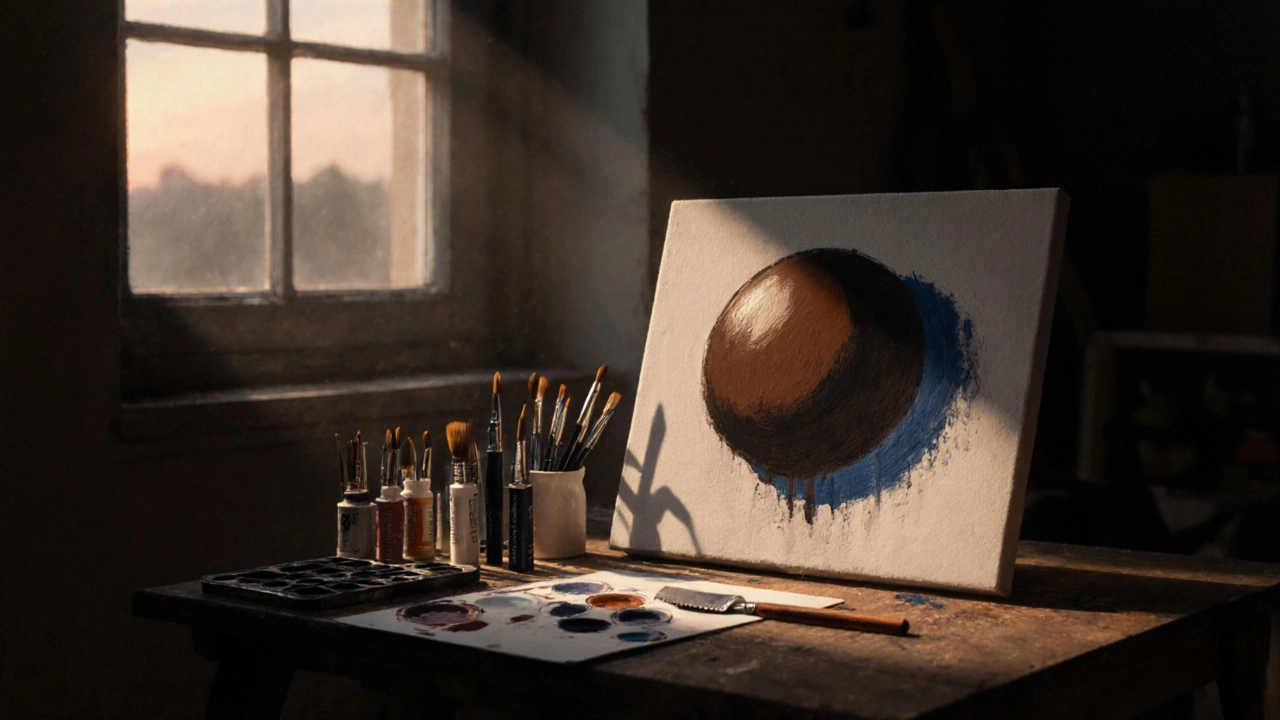Dark to Light in Art: How Contrast Shapes Meaning and Value
When you see a painting that pulls you in—not because of color, but because of how shadows melt into brightness—you’re feeling the power of dark to light, the deliberate transition from shadow to highlight that gives art its emotional weight and visual rhythm. This isn’t just a technique; it’s the backbone of how we read depth, mood, and meaning in every brushstroke, from Renaissance portraits to modern abstract pieces. Artists don’t just paint what they see—they sculpt light to guide your eyes and stir your feelings. That’s why a Rothko rectangle of deep maroon fading into soft red feels more alive than a flat red wall. It’s not about detail—it’s about value, the range between black and white that creates form without line. tone is what makes a portrait breathe, and what turns a dull canvas into something you can’t look away from.
Look at the top-selling abstract art on the market. What do Rothko, de Kooning, and even Banksy’s street pieces have in common? They all use chiaroscuro, the dramatic interplay of light and dark that originated in Renaissance painting and still drives visual impact today. light and shadow contrast isn’t just old-school—it’s the silent language of high-value art. Even in digital remixes and AI-generated visuals, the most compelling pieces don’t rely on flashy filters. They build tension by holding back light, then releasing it in just the right place. That’s why a simple portrait can sell for $50,000 while a technically perfect one with no contrast sits unsold. It’s not about skill—it’s about control. The spatula technique in oil painting? It works because it builds thick ridges of paint that catch light differently than flat layers. Brightening a dull painting? It’s not about adding more color—it’s about lifting the shadows to reveal hidden light. And when galleries pick artists, they don’t just look at style—they look at how well the artist understands this shift from dark to light.
Whether you’re buying art, making it, or just wondering why one piece grabs you and another doesn’t, the answer often lies in this quiet dance between shadow and glow. The posts below show you exactly how this works—in real paintings, in real markets, and in the minds of artists who’ve mastered it. You’ll see how pricing, technique, and even legal rights tie back to this one fundamental principle. No theory. No fluff. Just what actually moves the needle in art today.
